Group members:
Yuying Wang (Abbey), Keyi Cao, Kye Li Chia, Manfredi Marullo, Xiaole Zang (Zoey), Carlotta Montanari
Brief:
Design a set of pluriversal household objects
Date:
3rd February - 10th March 2023
We spent some time looking into different environmental crises and projects which are related to non-human species and finally decided to focus on the pollination issue and specifically on the effect of urbanisation on the bee species.
We learned that bees are crucial pollinators and they are on the verge of extinction due to land use changes and habitat loss, which result in a loss of the bees' primary food source. While habitat loss is a major issue, there are existing projects aimed at mitigating this problem. As a result, we decided to focus on food sources and create an object that could increase the likelihood of bees finding their food by enhancing the attraction of flowers.

Bees and humans have different visions; bees can see ultraviolet but not red, which is important for finding flowers. Other than that, many flowers have distinctive ultraviolet colour patterns that are invisible to the human eye but are incredibly eye-catching to bees. These ultraviolet patterns often outline “landing zones” for bees, pointing them towards the nectar and pollen.
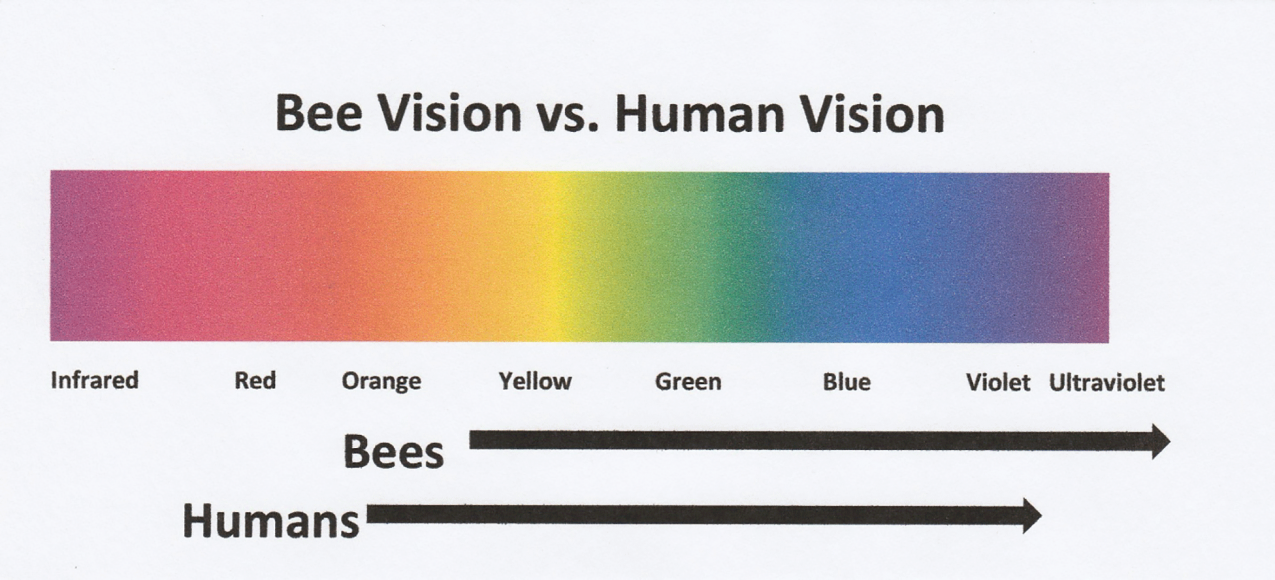
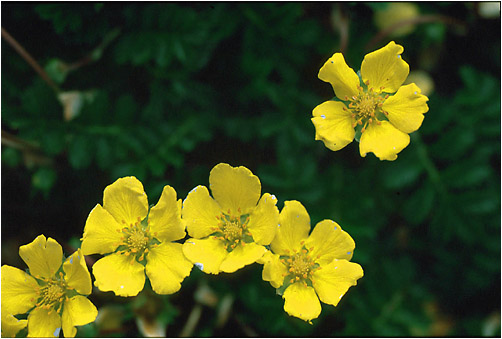

To help bees spot red flowers from a distance in urban areas, we designed a household object coated with natural ultraviolet reflective materials like turmeric. We also created an artificial bee feeder that looks like a flower and it contains sugar water as a food source and ultraviolet patterns to guide bees to the "landing zones". This design would also be feasible during the seasons when flowers are scarce.
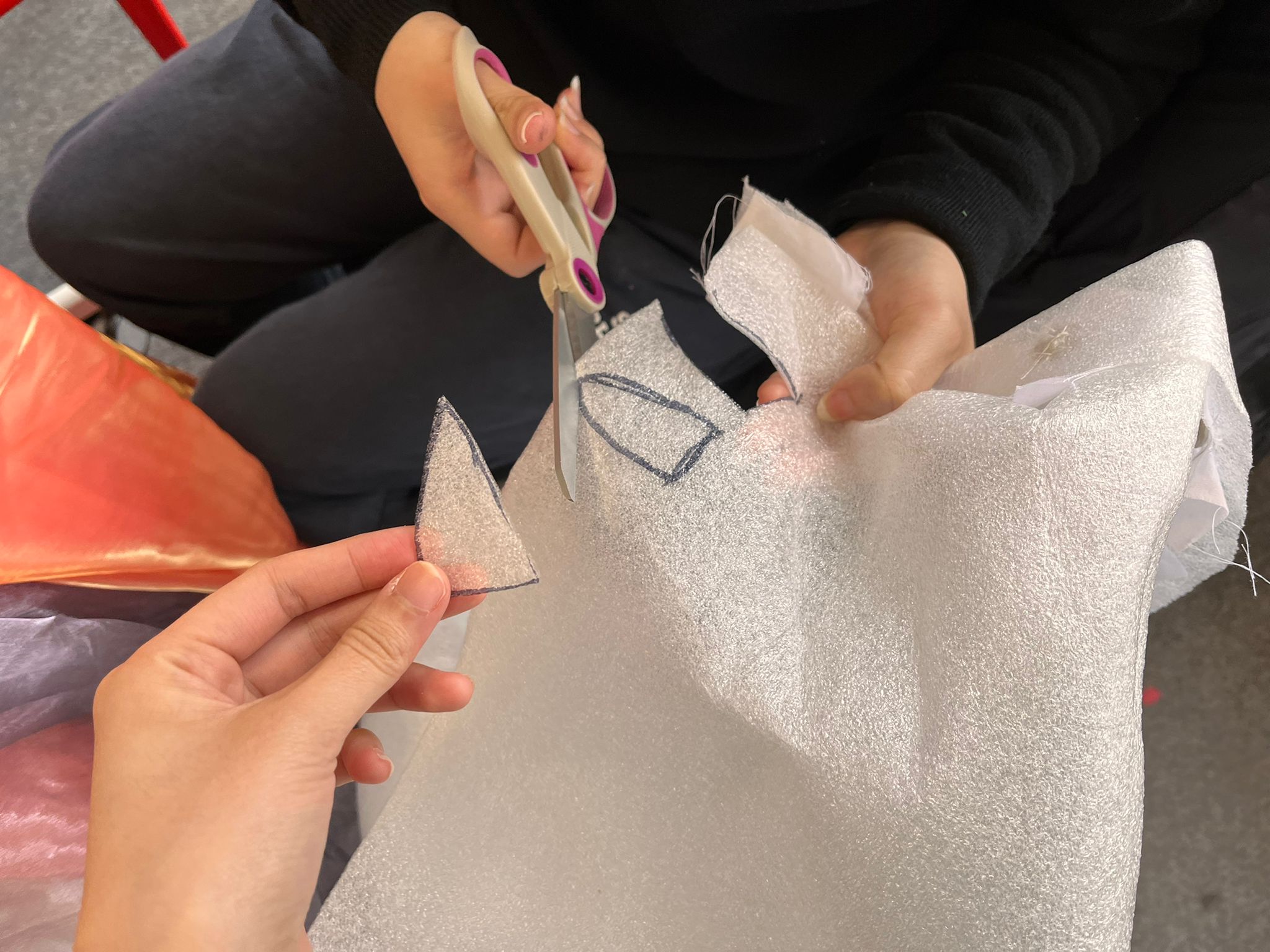
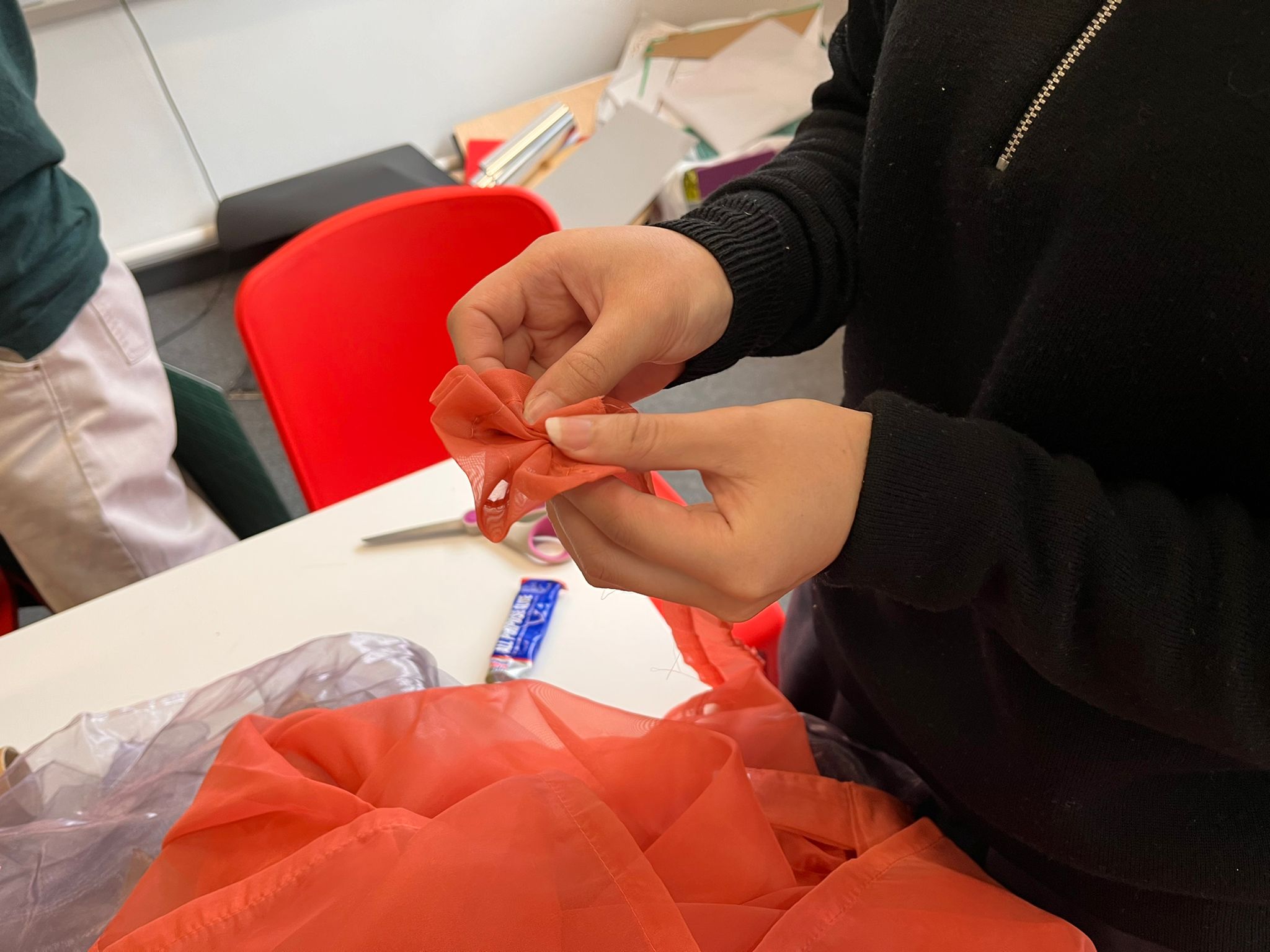

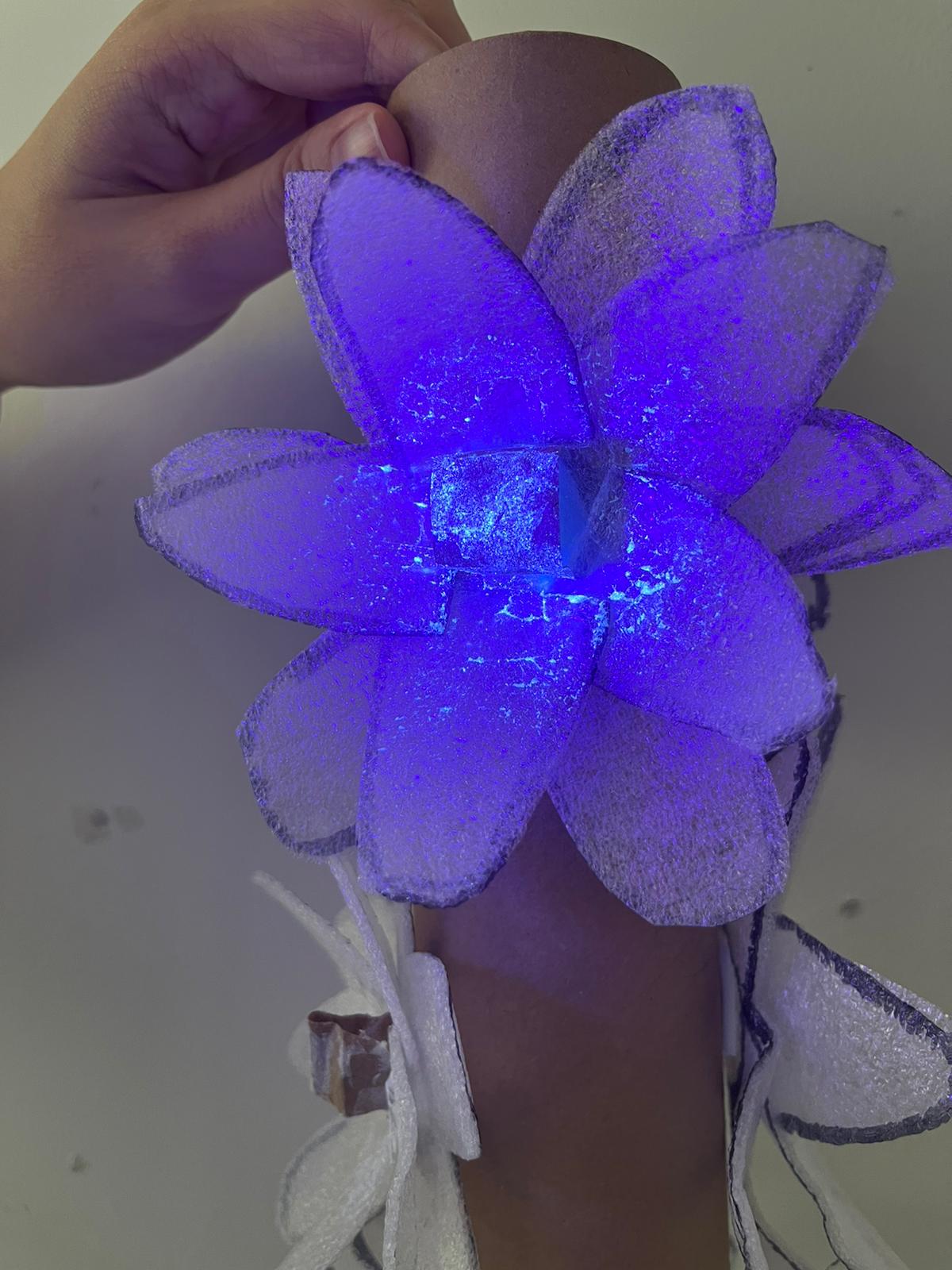
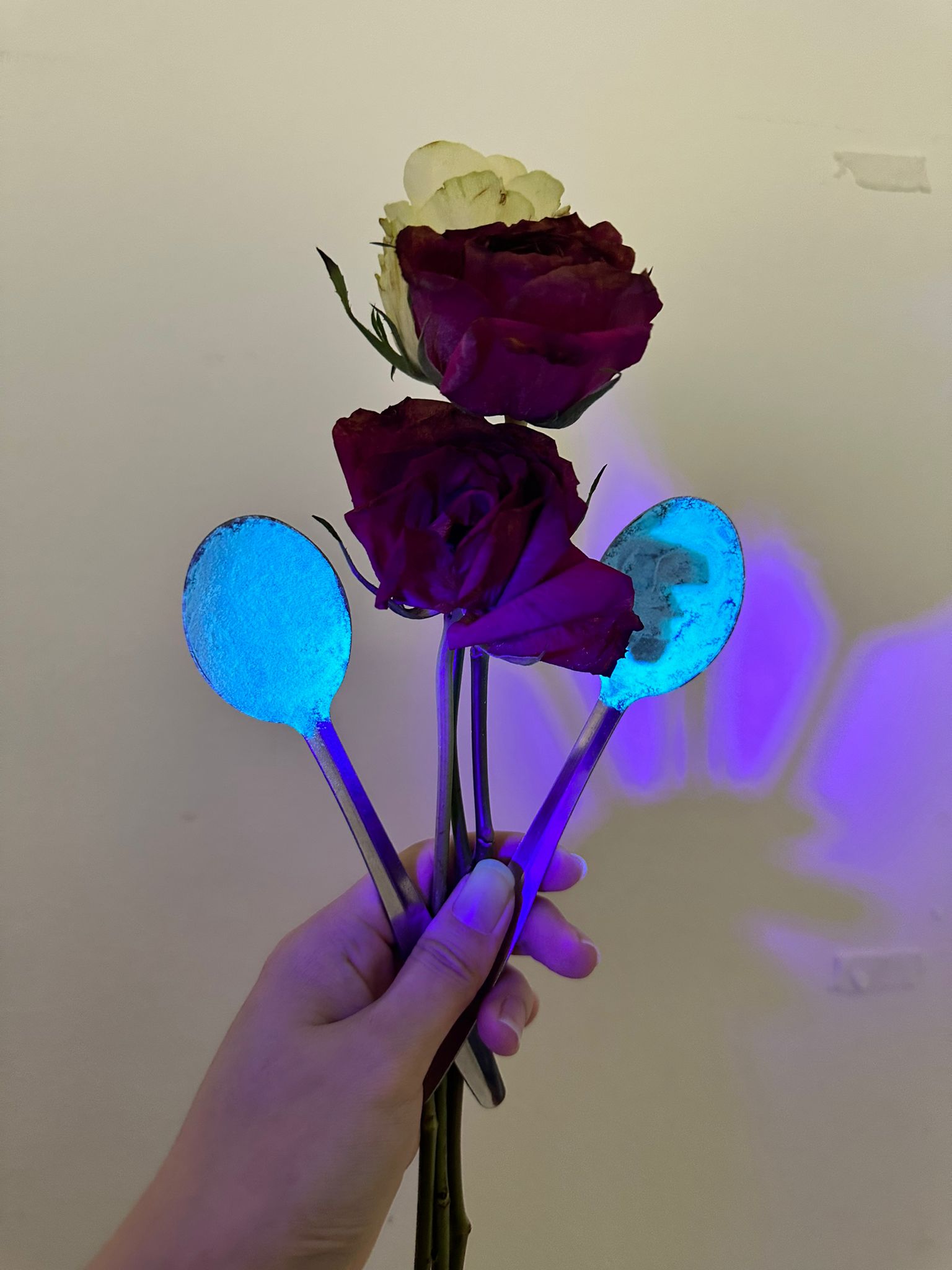
We acknowledge that other senses are necessary to attract bees and plan to incorporate smell. Our next steps include improving the concept and selecting household items to work on.
Feedback:
- Visualise the entire neighbourhood, looked at from bee's point of view (before and after) - including the prototype
- Speak to honey producers
- Simulate bee vision for participants, encourages people to look at the world through the bees' lens
- Maybe this project could help to guide bees to bee houses
- Conduct bee testing
- How to invite the bees into the house and direct them to the household objects
Reflection:
Personally, at the beginning of the week, we felt very defeated as we had a hard time understanding what is considered a pluriversal design as we received different feedback from the tutors and Takram regarding our project. After presenting the bee project, we felt more relieved and satisfied with the pollination and bee direction.
Bibliography:
- Riddle, S. (2016) How bees see and why it matters, Bee Culture. Available at: https://www.beeculture.com/bees-see-matters/ (Accessed: February 22, 2023).
-
Plant Family (no date) Flowers in ultraviolet arranged by Plant Family, Naturfotograf. Available at: http://www.naturfotograf.com/UV_flowers_list.html#AMARYLDX (Accessed: February 23, 2023).
- Chen, Z., Liu, C., Sun, H. and Niu, Y. (2020) 'The ultraviolet colour component enhances the attractiveness of red flowers of a bee-pollinated plant', Journal of Plant Ecology, 13(3), pp. 354-360. doi: 10.1093/jpe/rtaa023.